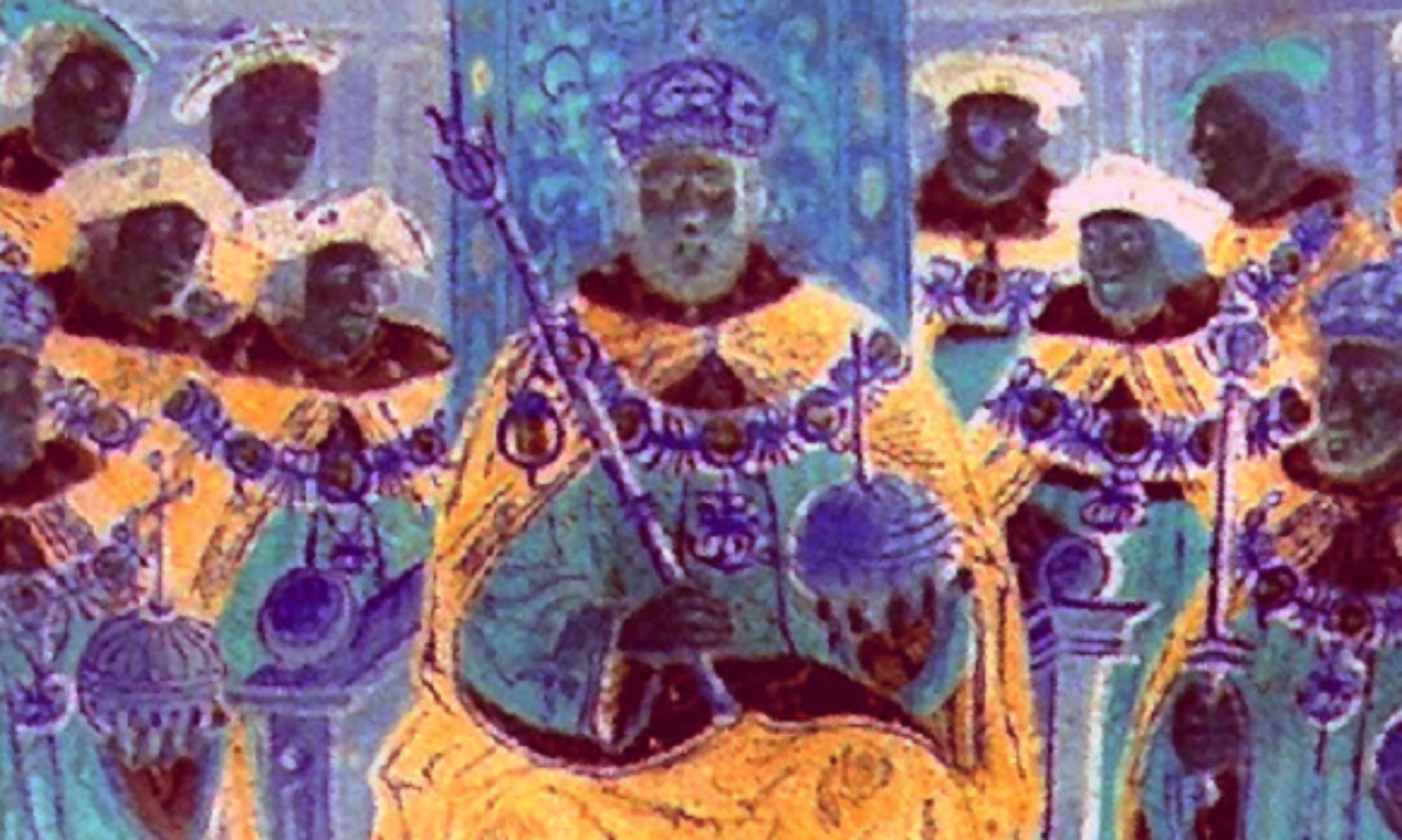Old family photographs are far more than keepsakes-they are rich historical documents that can unlock new avenues in genealogy research. Here are some unique and effective ways to leverage them:
1. Treat Photographs as Historical Records
- Analyze photos just like you would any official document. Look for clues about dates, locations, and relationships by examining the image closely.
2. Compare Faces Across Multiple Photos
- Lay out your collection and compare facial features across different images to identify unknown individuals or confirm family resemblances. This can help place people within family groups, especially when names are missing.
3. Study Clothing, Hairstyles, and Props
- Examine the fashion, hairstyles, and accessories to estimate the time period and social status. Clothing trends and even the way people pose can provide valuable context about when and where the photo was taken.
4. Investigate Backdrops and Locations
- Pay attention to the backgrounds, whether it’s a studio backdrop, a family home, or a recognizable landmark. These details can help pinpoint where the photo was taken and connect individuals to specific places.
5. Research Photographers and Studios
- If a photographer’s name or studio is printed on the photo, research their location and years of operation. This can narrow down the timeframe and location of the photograph, helping you identify who could be in it.
6. Examine the Type and Format of the Photograph
- Identify whether the photo is a cabinet card, carte de visite, or another format. Different types were popular at different times, helping you date the image and match it to the right generation.
7. Use Technology and AI Tools
- Upload photos to platforms that use facial recognition or artificial intelligence to compare faces with other collections, potentially identifying unknown relatives or matching them with others in public databases.
8. Digitize and Add Metadata
- Digitize your photos and add metadata such as names, dates, and locations. This not only preserves the images but also makes them searchable and shareable for future research7.
9. Group Photos by Family or Event
- Arrange photos by family branch or significant events. This can reveal patterns, such as recurring friends or neighbors, and help establish relationships not documented elsewhere.
10. Look for Inscriptions and Annotations
- Check the backs of photos for handwritten notes, signatures, or dates. Even small scribbles can be crucial for identifying people or events.
11. Use Photos to Break Down Brick Walls
- When traditional records run dry, photos can provide new leads-such as identifying unknown people who appear repeatedly with your ancestors, suggesting close relationships.
12. Share and Collaborate
- Share digitized photos with relatives or online genealogy communities. Others may recognize faces, places, or events, providing information you don’t have.
By treating old photographs as dynamic research tools-analyzing every detail, leveraging technology, and collaborating with others-you can uncover hidden stories and make meaningful connections in your family tree.
